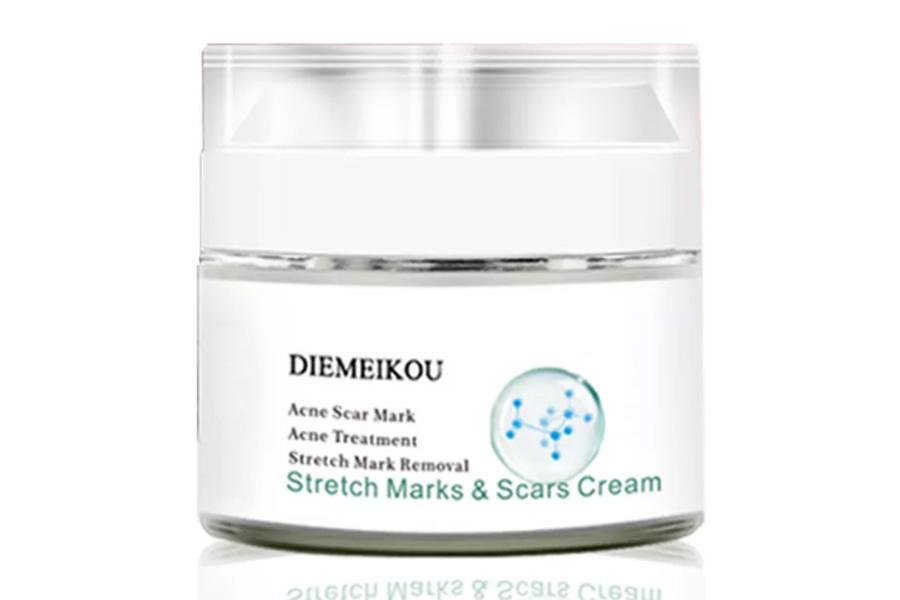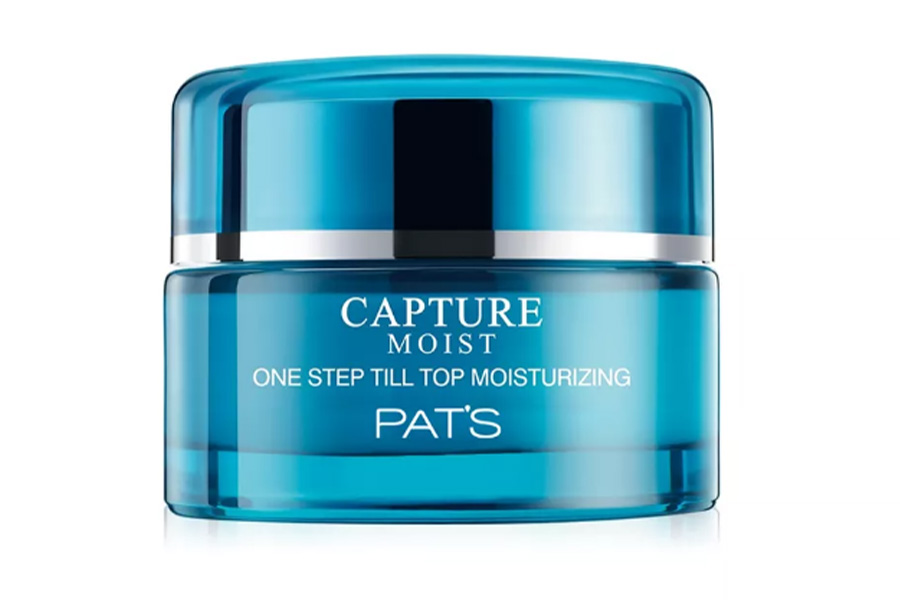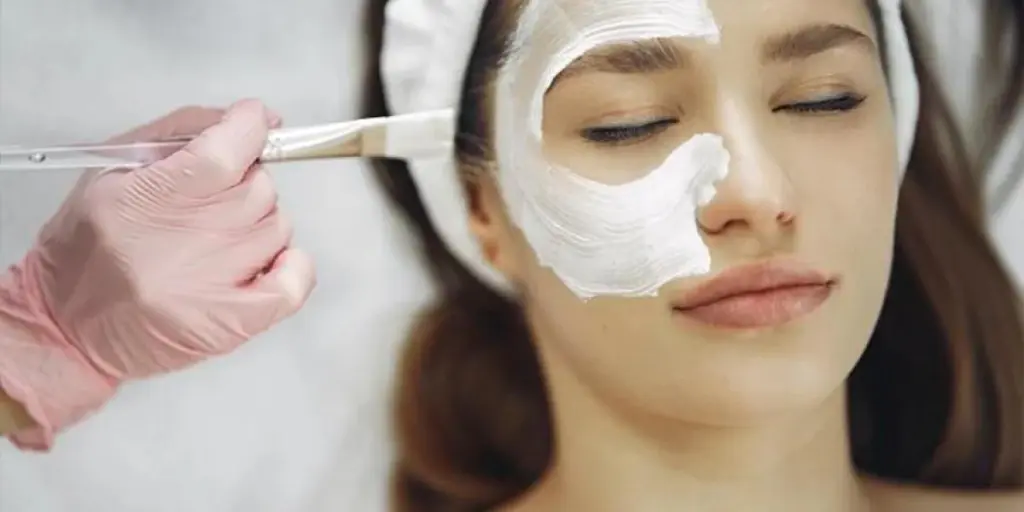Functional derma skincare trends evolve due to new product innovations and changing consumer needs. This means retailers can boost their appeal by ensuring that their inventory offers effective solutions that meet one’s customers’ predominant skin care needs.
In order to help brands stay ahead in this dynamic market, this article will discuss five functional and innovative derma skincare trends that will boost sales this year and beyond.
Table of Contents
Market overview for the derma skincare industry
5 functional derma skincare trends to boost sales
Moving forward
Market overview for the derma skincare industry
Product performance is essential these days as people are well-informed and results-driven. This vast and rising demand is causing significant growth in the global derma-cosmetics industry because there’s a surge in skincare awareness among the average consumer.
The global derma-cosmetics market is projected to experience substantial growth, hitting US $76,839.5 million by 2027, at a compound annual growth rate (CAGR) of 5.8% from 2019 to 2027. And broken down by region, the Asia-Pacific market will witness the most growth, being at the forefront of this trend.
This means there’s an opportunity for functional derma skincare brands with innovative products and services to capitalize on this expanding market.
5 functional derma skincare trends to boost sales
The following skincare solutions will offer your business a chance to stay relevant and boost its appeal to this booming market:
1. Personalized anti-aging skin care based on genetics
Skincare awareness is driving the surge for personalized products in the market. As a result, the industry is poised to reach US $38.9 billion by 2030 at a CAGR of 9.7%.
Functional derma skincare brands can boost sales by catering to sensitive skin types. Through bio-genetic research, skincare brands can develop functional skincare ingredients and products that make them stand out.
For delicate skins, consider products developed with natural active ingredients like asiaticoside.

Asiaticoside products remove free radicals and boost collagen production, strengthening the skin. They also clear acne scars and stretchmarks, among many other benefits.
They’re gentle on the skin and work well with salicylic acid and vitamin c serums. Along with the older demographics looking for anti-aging products, offering customized skincare products might also attract a younger demographic.
The Gen Zs, for instance, prefer products with a futuristic and minimalistic appeal. That’s because these derma products complement their eclectic aesthetics on social media.
Providing such personalized products will attract the right customers and improve customer loyalty.
2. Specialization in innovative hyaluronic anti-aging skincare products
Skinimalism is trending in the Asia-Pacific region as more consumers opt for brands with minimal messaging, simple skincare routines, and ingredients.
This new trend focuses on simple and effective ingredients over quantity. That’s why hero ingredient products like hyaluronic-based products are in high demand. The global hyaluronic acid market was US $8.5 billion in 2020, with forecasts to grow at a 7.8% annual growth rate till 2028.

Derma skin care businesses should capitalize on this trend by investing in hyaluronic products. The hyaluronic acid reduces the appearance of skin wrinkles and redness and moisturizes the skin to make it look supple.
Hyaluronic acid works great with retinol, which according to this study is driving significant demand in the Chinese functional skincare market. This is because hyaluronic acid hydrates the skin while retinol strengthens it.
Functional derma beauty brands should leverage this trend by combining both in their catalog.
3. Educating consumers on skincare
Awareness is one reason for the global derma cosmetics market growth. Businesses should understand the recurring skincare problems of consumers in the market, and only then will they be able to educate consumers on effective skincare solutions to their problems.
When offering your products as solutions, emphasize the benefits of the ingredients. Explain the benefits of products like moisturizers and facial cleansers. If consumers know what each ingredient does, they are more likely to buy your products, thus increasing sales.

Also, today’s consumers are savvy and need authoritative sources to convince them about a product’s value. If your budget allows it, invite derma skincare experts to educate potential consumers over a webinar or live stream session.
Do this to foster a trustworthy relationship with consumers, and keep them interested in your brand and loyal to your products.
4. Using AI to create personalized products
Globally, the artificial intelligence (AI) segment of the beauty and cosmetics market was valued at US $2.7 billion in 2021 and is projected to grow at a CAGR of 19.7% from 2022 to 2030.
These figures reinforce the need for one to leverage AI in their functional skincare business to stay ahead of the curve.
Functional derma skincare brands should use AI to analyze skin patterns to find possible underlying skin conditions. This can be done with face mapping technology to examine metrics like dark circles, acne distribution, and other blemishes.

AI allows consumers to use their mobile devices for diagnostics instead of getting it in person from aestheticians. The technology uses generated data to understand the East Asian skin type better, helping you tailor products to consumer skin types.
AI also analyzes consumers’ feedback to understand their preferences. This is more precise than surveys because consumers aren’t always good at analyzing their skin type.
Also, one’s skin type can change over time because of lifestyle and diet. AI tracks these changes and recommends products like serums or toners to match these changes.
And finally, with an AI app, consumers can also try on derma beauty products virtually to see if they’re a good fit, resulting in a better user experience overall.
5. Move towards home-based luxury beauty treatments
Since the skin loses its firmness over time, luxury derma beauty treatments may be able to revitalize the skin.
As a functional derma skincare business, provide at-home luxury beauty services that mimic aesthetic procedures, like mesotherapy. Mesotherapy is the injection of vitamins and minerals on the skin’s surface. It uses active ingredients to treat skin conditions, and it hydrates and heals damaged tissues.

Other luxury beauty devices like facial cleansing brushes and face toning devices can help deep clean and massage the skin for a youthful glow. Facial rollers and LED face masks can also reduce puffiness and stimulate collagen production.
Offering luxury skincare services to consumers at home provides convenience that can boost your appeal to a broader range of customers.
Moving forward
Consumers are flocking to brands that provide effective products for their skin type and can adapt to their skin’s changing needs.
Skincare businesses can offer personalized solutions to customer skincare issues, which results in a more tailored approach that modern customers will love.
Brands can also invest in made-to-order products, emphasize the active ingredients used, and increase product awareness with live streams and virtual idols to make interaction with the audience fun.
These skincare trends and marketing approaches can help brands to boost their appeal and stay ahead in this competitive and dynamic market.




